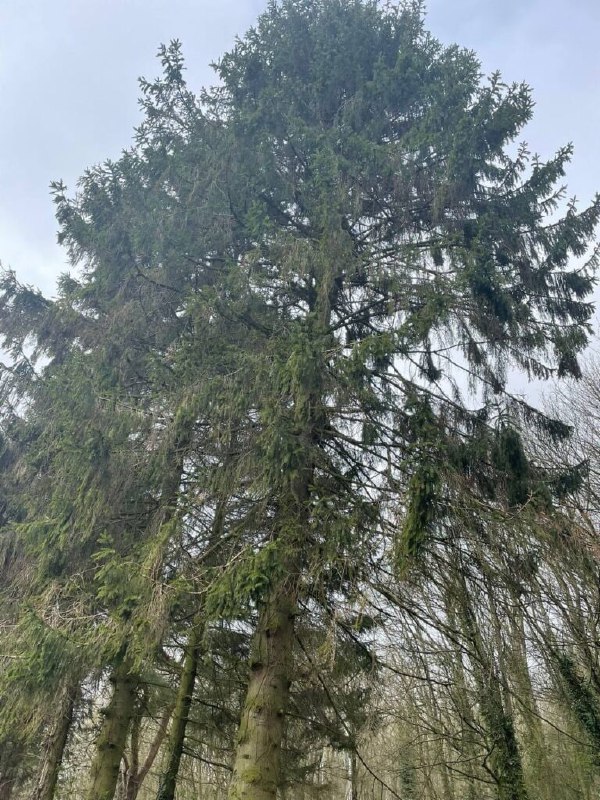
Introduction: Amid rapid urbanisation and development, natural areas serve as invaluable sanctuaries for biodiversity, providing refuge for native plant and animal species and offering respite for people seeking solace in nature. As custodians of these precious ecosystems, it’s essential to recognise the importance of tree trimming in preserving their integrity and ecological value. At Canterbury Tree Surgeons, we understand the critical role that thoughtful tree trimming plays in natural area preservation efforts, supporting the health of ecosystems and ensuring their longevity for future generations to enjoy.
The Significance of Natural Area Preservation
Natural areas encompass diverse habitats, including forests, wetlands, grasslands, and riparian zones, each harbouring unique communities of flora and fauna. These ecosystems are essential in regulating the climate, purifying air and water, and providing habitat and resources for countless species. However, natural areas are increasingly threatened by habitat loss, fragmentation, invasive species, and climate change. Preservation efforts aim to safeguard these irreplaceable landscapes and protect the ecological services they provide.
The Role of Trees in Natural Area Preservation
Trees are foundational components of natural ecosystems, shaping the structure and function of habitats and providing numerous benefits for biodiversity and ecosystem health:
- Habitat Creation: Trees provide essential habitat for various plant and animal species, offering food, shelter, and nesting sites. Trimming trees strategically can enhance habitat quality by promoting the growth of native vegetation and creating diverse habitat structures.
- Soil Stabilisation: Tree roots help stabilise soil, preventing erosion and sedimentation in natural areas. Trimming trees along stream banks and hillsides can reduce the risk of soil loss and maintain the integrity of aquatic habitats.
- Biodiversity Promotion: Healthy tree populations support diverse species, from insects and birds to mammals and fungi. Trimming trees to remove invasive species and promote the growth of native vegetation can enhance biodiversity and ecological resilience.
- Carbon Sequestration: Trees play a crucial role in mitigating climate change by absorbing carbon dioxide from the atmosphere and storing it in their biomass. Preserving and maintaining healthy tree populations in natural areas helps to reduce greenhouse gas emissions and mitigate the impacts of climate change.
Tree Trimming for Natural Area Preservation
Tree trimming is a vital management tool in natural area preservation efforts, helping to:
- Maintain Habitat Quality: Trimming trees selectively can create a mosaic of habitat structures, including open areas, understory vegetation, and woody debris, that support a diverse range of species.
- Promote Regeneration: Thinning out dense tree stands and removing competing vegetation can create space for native plants to regenerate and thrive, enhancing biodiversity and ecological resilience.
- Control Invasive Species: Targeted tree trimming can help manage invasive species that threaten native biodiversity and disrupt ecosystem processes. Removing invasive plants and promoting the growth of native vegetation is essential for maintaining the ecological integrity of natural areas.
- Enhance Visitor Experience: Trimming trees along trails and viewpoints can improve access and visibility for visitors, allowing them to enjoy and appreciate the natural beauty of protected landscapes.
Conclusion: Natural areas are invaluable treasures that enrich our lives and sustain the web of life on Earth. By recognising the importance of tree trimming in natural area preservation efforts, we can protect and enhance these precious landscapes for future generations.
Call us on: 01227 203994
Click here to find out more about Canterbury Tree Surgeons
Click here to complete our contact form and see how we can help with your tree’s needs.